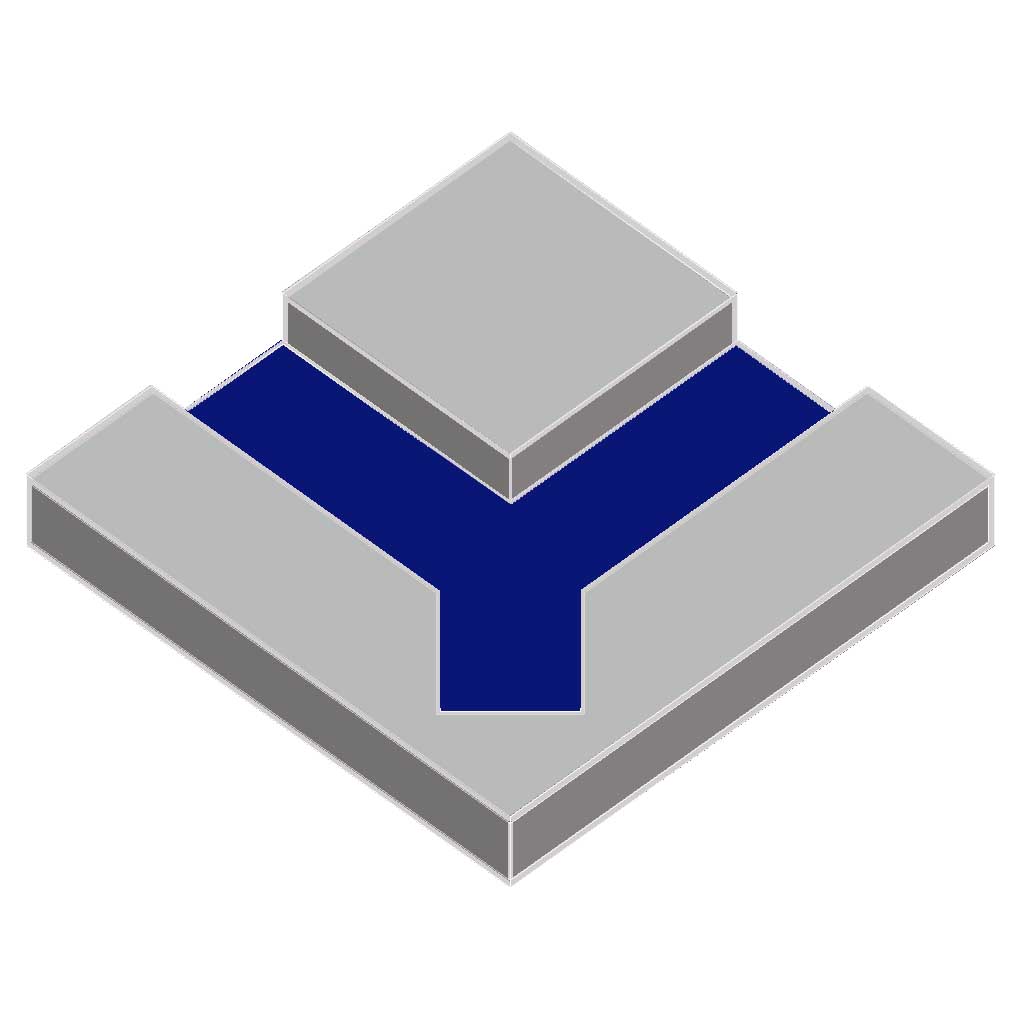CNC milling machining of circuit board
October 16, 2018
The milling technology of CNC milling machining of circuit board includes selecting the direction of the cutting, the compensation method, the positioning method, the structure of the frame, and the lower cutting point. It is an important aspect to ensure the accuracy of CNC milling machining of circuit board.
Direction of the cutter, compensation method When the cutter cuts into the sheet, one cut surface always faces the cutting edge of the milling cutter, and the other side always faces the cutting edge of the milling cutter. The former has a smooth surface and high dimensional accuracy. The spindle always rotates clockwise. Therefore, whether it is the CNC fixed table movement or the CNC milling machine that fixes the spindle movement, it is necessary to use the counterclockwise movement when milling the outer contour of the plate. This is what is commonly referred to as up-cut milling. The milling method is adopted when milling the frame or the groove inside the circuit board. The milling plate compensation is the automatic setting of the machine tool when CNC milling machining of circuit board, so that the milling cutter automatically sets half of the diameter of the milling cutter with the center offset of the milling line, that is, the radius distance, so that the milling shape and program setting be consistent. At the same time, if the machine has compensation function, it must pay attention to the direction of compensation and the command to use the program. If the compensation command is used, the shape of the circuit board will be more or less equivalent to the length and width of the diameter of the milling cutter.
The positioning method and the lower cutting point positioning method can be divided into two types; one is internal positioning, and the other is external positioning. Positioning is also very important for process developers.
Internal positioning is a common method. The so-called internal positioning is to select a mounting hole in the printed board, a plug hole or other non-metallized hole as a positioning hole. The relative position of the holes is such that the large diameter holes are selected on the diagonal and as much as possible. Metallized holes cannot be used. Because the difference in the thickness of the plating in the hole will affect the consistency of the positioning hole you select, and it is easy to cause the plating damage in the hole and the edge of the hole surface when taking the plate. The number of pins is less under the condition of ensuring the positioning of the printed board. The better. Generally, the small board uses 2 pins, and the large board uses 3 pins. The advantage is that the positioning is accurate, the shape of the board is small, the precision is high, the shape is good, and the milling speed is fast. The disadvantages of the various aperture types in the board need to be prepared with pins of various diameters. If there are no positioning holes available in the board, it is necessary to discuss with the customer in the pre-production, and it is more cumbersome to add positioning holes in the board. At the same time, different management of the milling plate templates of each type of board is troublesome and costly.
External positioning is another positioning method, which uses a positioning hole on the outside of the board as a positioning hole for the CNC milling machining of circuit board. The advantage is that it is easy to manage. If the pre-production specifications are good, the CNC milling machining of circuit board templates are generally around fifteen. Due to the use of external positioning, the board cannot be cut and cut at one time, otherwise the circuit board is very easy to damage, especially the board, because the milling cutter and the dust collecting device will bring the board out to cause the circuit board to be damaged and the milling cutter to be broken. In the method of segment milling and leaving the joint point, the first milling plate is paused after the milling plate is finished and then the plate is fixed with tape. In the second stage of the program, the joint is drilled using a drill bit of 3 mm to 4 mm. The utility model has the advantages that the template has less cost and is small and easy to manage, and can cut and cut all the circuit boards without mounting holes and positioning holes in the board, and the small craftsman has convenient management, especially the production of the CAM and other pre-production personnel can be simplified, and the substrate can be optimized at the same time. Utilization. The disadvantage is that due to the use of the drill bit, the shape of the circuit board is left with at least 2-3 raised points, which may not meet the requirements of the customer, the CNC milling machining of circuit board time is long, and the labor intensity of the worker is slightly larger.



